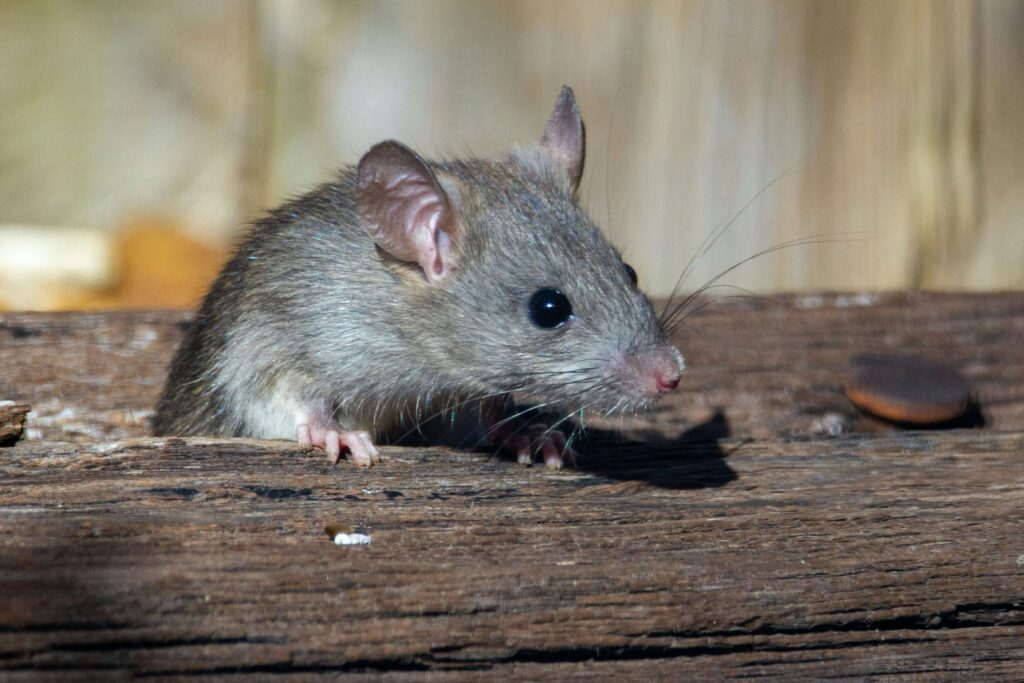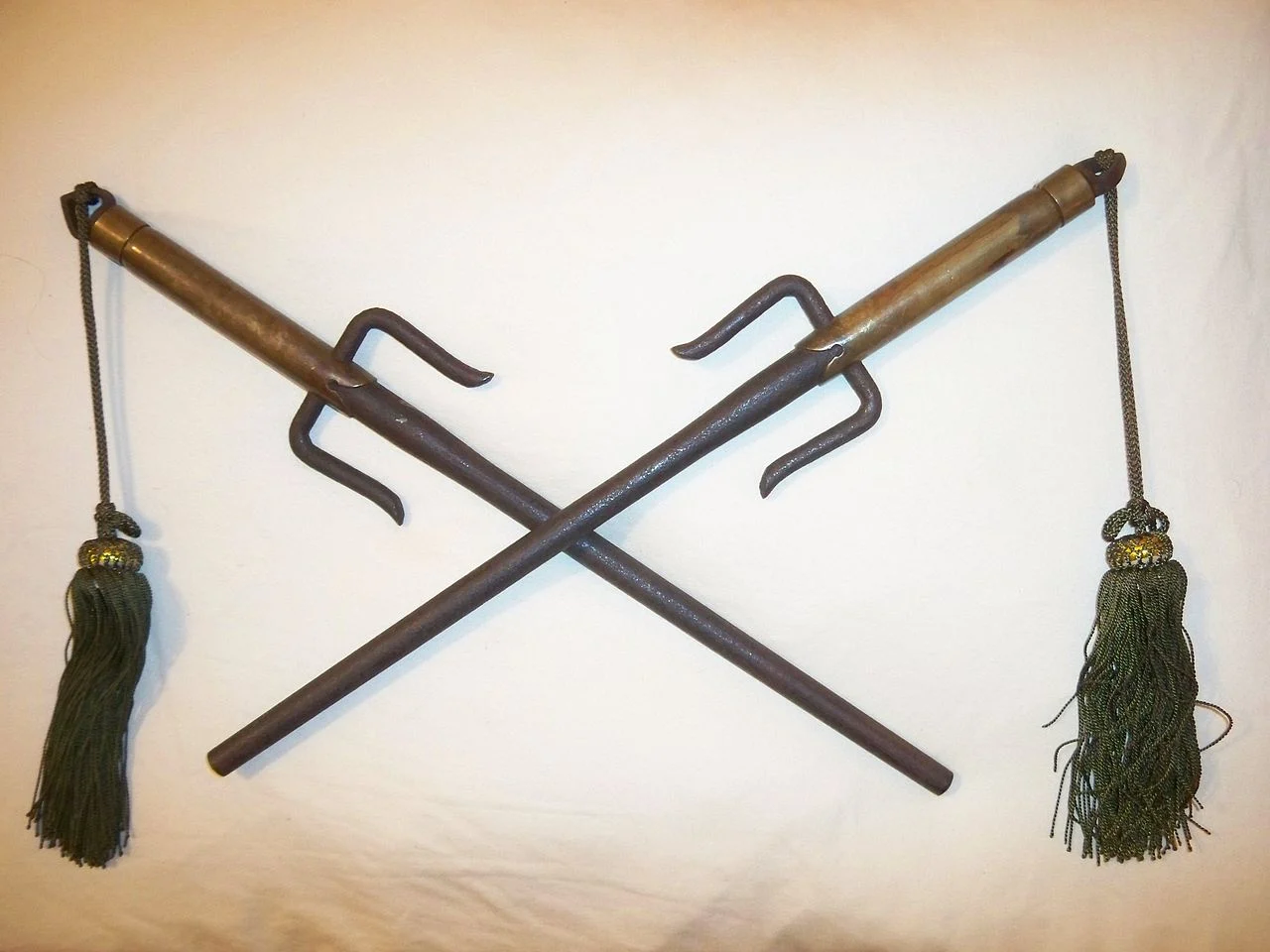Do mice have bones? Yes—and more than 200 of them. These tiny rodents have a full skeleton that helps them survive, squeeze through holes, and move quickly underground. Their bone structure isn’t magic—it’s evolutionary design.
In this article, we’ll look inside the mouse body to see how its bones work, why mice are so flexible, and how their skeleton compares to ours.

Do Mice Have Bones Like Humans Do?
Mice are mammals and vertebrates. Just like humans, they have a skull, spine, ribs, and limbs. Their skeleton gives shape, protects organs, and supports motion.
Here are the major bones in a mouse:
- Skull—protects the brain
- Spine – 24–26 vertebrae along the back
- Tail more vertebrae for balance
- Ribs—13 flexible pairs protect the lungs and heart
- Pelvis and limbs—help them run and climb
Mice have no collarbones like humans do. This missing bone makes their shoulders extra flexible—one of the reasons they fit through such small spaces.
How Many Bones Does a Mouse Have?
Mice have over 200 bones, which is about the same as the human skeleton. Most are small and tightly packed, allowing high flexibility.
Their bones are light but strong. They let mice balance on narrow wires, climb pipes, and escape through cracks.
Are Mice Vertebrates or Invertebrates?
Mice are vertebrates, meaning they have a backbone made of vertebrae. Each small vertebra connects with the next, giving their spine the ability to twist, curl, and bend without injury.
This spine helps with fast movement and makes mice difficult to catch.

What Makes Mice So Flexible?
Mice can squeeze through holes the size of a dime. Here’s why:
- Their head is the widest part—if it fits, the body follows
- The ribcage is narrow and soft
- The spine bends easily thanks to short vertebrae
- No collarbone means shoulders can flatten
They also use whiskers and limbs to test a space before entering. If the head fits, they trust the rest will too.
Can a Mouse Fit Through a Dime-Sized Hole?
Yes. A dime is just 18 mm (0.71 inches) in diameter. Most mice can fit through holes this size by flattening their bodies.
Their skull and spine guide the movement, while flexible bones reduce resistance.
Rats are also capable of this, but due to their larger size, they require openings that are approximately the size of a nickel (21 mm).
Do mice have bones? Yes—and more than 200 of them. These tiny rodents have a full skeleton that helps them survive, squeeze through holes, and move quickly underground. Their bone structure isn’t magic—it’s evolutionary design.
In this article, we’ll look inside the mouse body to see how its bones work, why mice are so flexible, and how their skeleton compares to ours.
FAQs About Mice and Bones
Do mice have bones or cartilage?
They have both. Bones support their body. Cartilage exists in joints and the nose.
Are mice vertebrates?
Yes. They have a spine and belong to the vertebrate group.
How many bones are in a mouse?
Over 200, including the skull, spine, limbs, tail, and ribs.
Do mice have backbones?
Yes. Their vertebral column makes them flexible and fast.
Do rats have bones too?
Yes. Rats are also vertebrates with a similar skeleton, just larger in size.
Final Thoughts
So, do mice have bones? Absolutely. They have a complete skeleton that allows them to move fast, escape predators, and fit through the tiniest gaps.
Their flexible bodies are not a mystery—they are a perfect example of survival through smart design.
Share this content:













Post Comment
You must be logged in to post a comment.